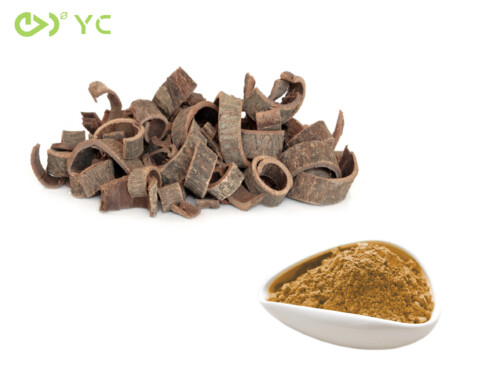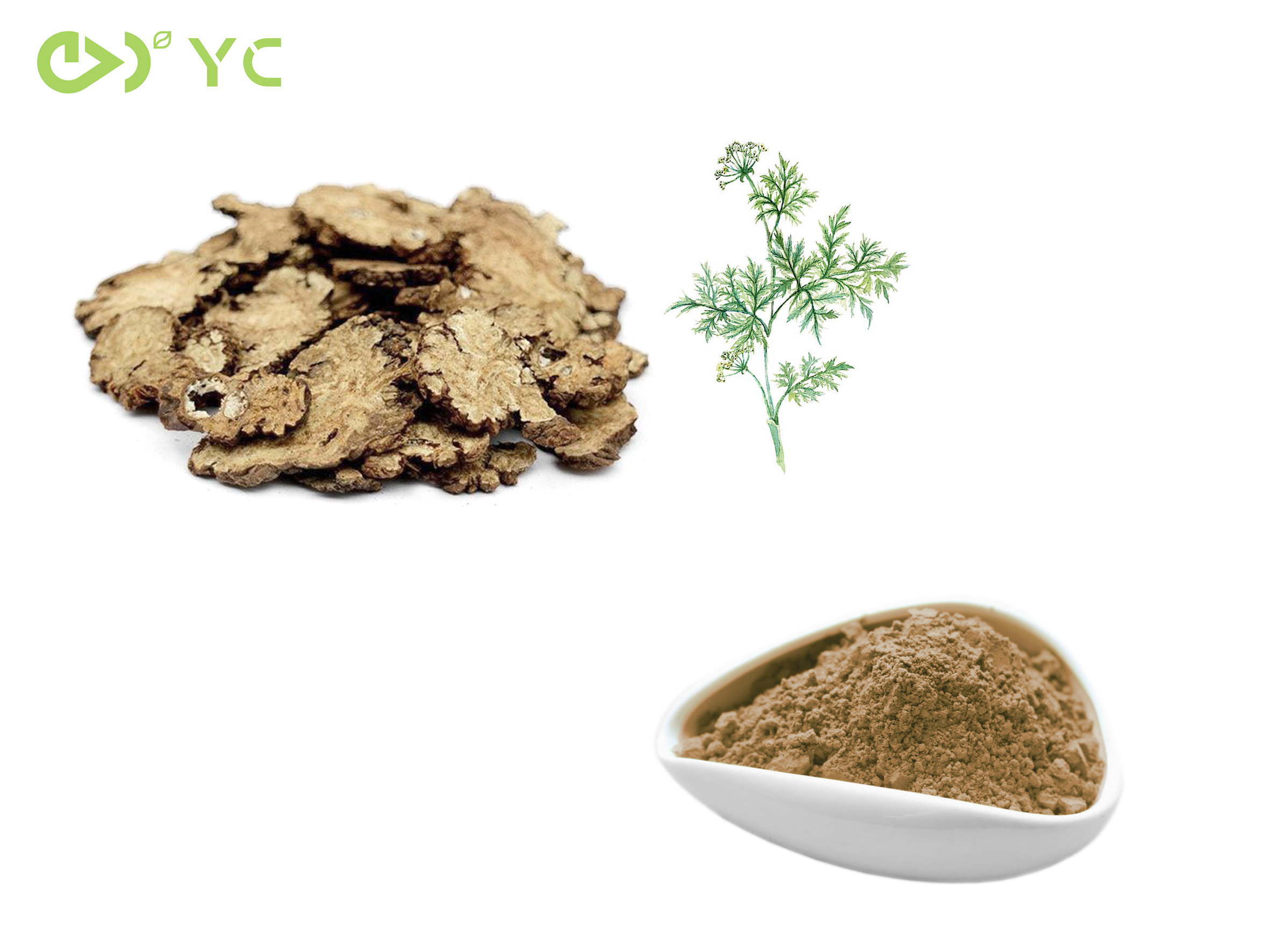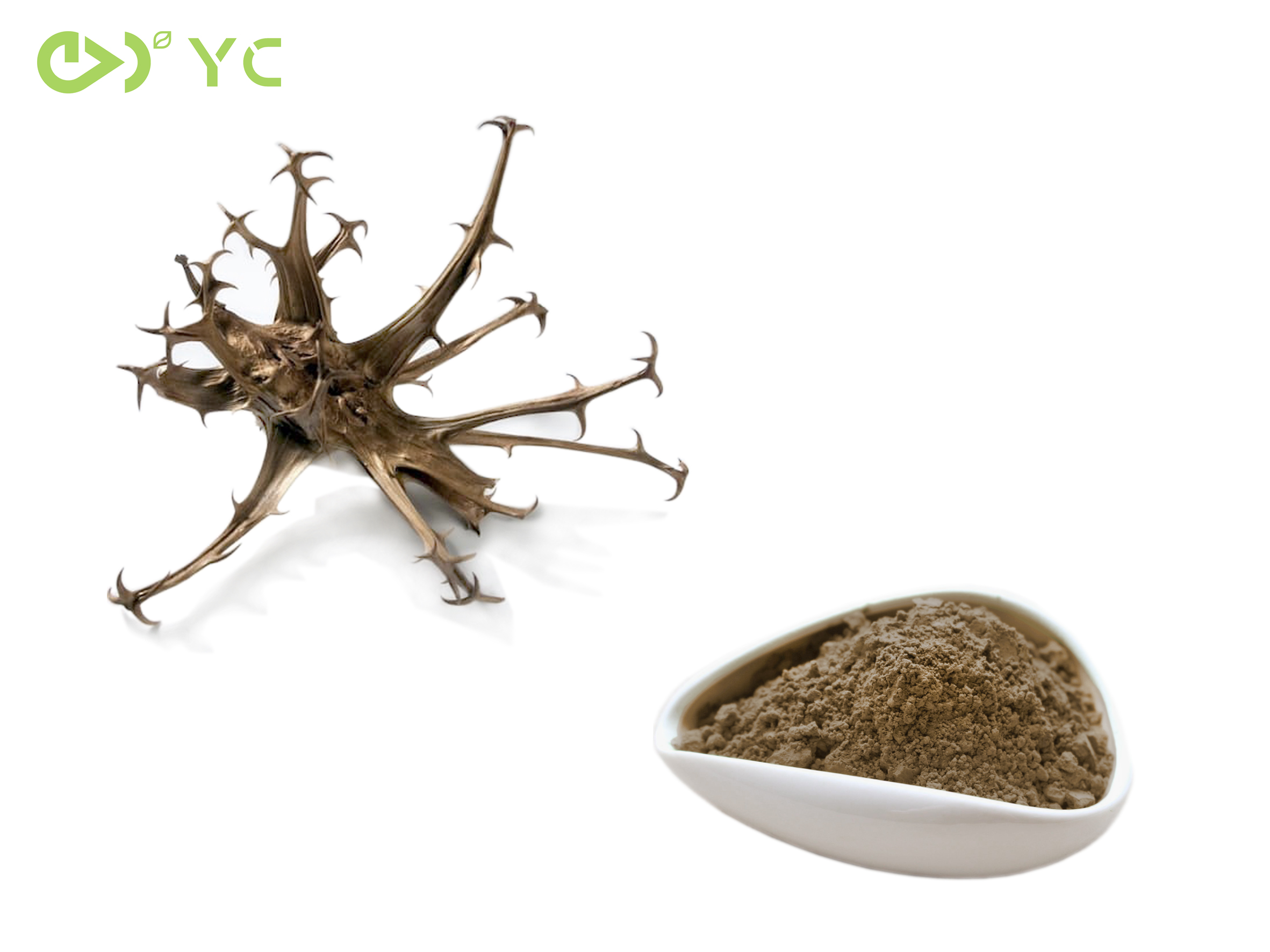Macleaya cordata extract (Pink Plumepoppy fruit extract) is a green pollution-free plant extract which the main components are sanguinarine and chelerythrine. It demonstrated physiological effects such as antitumor, immunity enhancement, antibacterial, anti-inflammatory, and insecticidal properties to apply for Animal feed additive, veterinary drug and biopeaticides industries etc. It has become a hotspot in the research and application of substituting antibiotic growth promoters.
- Veterinary Drugs
- Feed Additive
- Biological Pesticide






